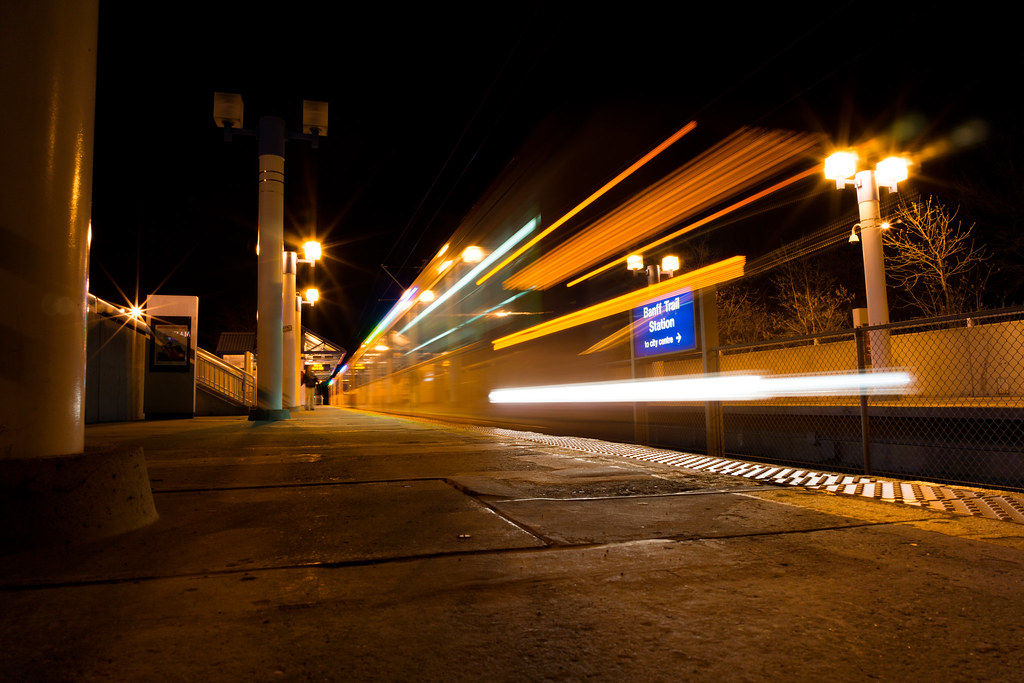http://www.fredmiranda.com/forum/topic/1247655/142
http://www.omuser.com/thread-222233-1-1.html
Is it caused by internal sensor reflections ?
http://www.omuser.com/thread-222233-1-1.html
Is it caused by internal sensor reflections ?
Follow along with the video below to see how to install our site as a web app on your home screen.
Note: This feature may not be available in some browsers.

Most likely old lenses with inferior rear lens element anti reflex coating - that is usually where the crux lie in cases like this one.
OP's title was about the camera, not the lenses. I have the same camera and posted an example.OP's link shows examples with new FE lenses ...
For example, this one, with FE 35mm:
http://www.fredmiranda.com/forum/topic/1247655/144#12025459
Whether this is acceptable, its up to individual tastes, but it's certainly there ...
Most likely old lenses with inferior rear lens element anti reflex coating - that is usually where the crux lie in cases like this one.
Here's a shot I took last night during a power failure...
I took lots of shots, most had similar flaring. This shot was the A7 at 6400iso, creative style neutral 0/0/0, WB daylight, handheld, Contax (Zeiss) G45 at F2 (wide open), NR off. My adaptor was the Metabones. Focus was manual on the right candlestick.
It may be technique, it might be sensor. I just had a thought it might be an artifact of the DRO (which was set to auto). I was shooting Raw+Jpeg... the raw file is identical, so not a consequence of jpeg engine.
Jim
Here's a shot I took last night during a power failure...
I took lots of shots, most had similar flaring. This shot was the A7 at 6400iso, creative style neutral 0/0/0, WB daylight, handheld, Contax (Zeiss) G45 at F2 (wide open), NR off. My adaptor was the Metabones. Focus was manual on the right candlestick.
It may be technique, it might be sensor. I just had a thought it might be an artifact of the DRO (which was set to auto). I was shooting Raw+Jpeg... the raw file is identical, so not a consequence of jpeg engine.
Jim
OP's title was about the camera, not the lenses. I have the same camera and posted an example.OP's link shows examples with new FE lenses ...
For example, this one, with FE 35mm:
http://www.fredmiranda.com/forum/topic/1247655/144#12025459
Whether this is acceptable, its up to individual tastes, but it's certainly there ...
Most likely old lenses with inferior rear lens element anti reflex coating - that is usually where the crux lie in cases like this one.
What is your point? Are you saying that the title should have been "Unacceptable flare in night shots with some native lenses on the A7?"
--
A7 with kit lens and a number of legacy lenses (mostly Canon FD)
OK. I see what you're saying.
Any idea whether there was a filter on the FE35 in your example?
--
A7 with kit lens and a number of legacy lenses (mostly Canon FD)
I have seen unuseable flare/hot spots with some lenses on the A7. The Tamron 52B macro is one of them, extremely bad flare from sensor reflections. This is the lens, not the sensor. Reflections are much less on APS-C, but still bad.http://www.fredmiranda.com/forum/topic/1247655/142
http://www.omuser.com/thread-222233-1-1.html
Is it caused by internal sensor reflections ?
It's the lens IMO, either internal reflections or the lens reflecting licht back to the sensor.http://www.fredmiranda.com/forum/topic/1247655/142
http://www.omuser.com/thread-222233-1-1.html
Is it caused by internal sensor reflections ?


Dear kkx,
what is wrong with a little bit of flare? Otherwise your pics would look so antiseptic, dead and sillily "perfect". And would be of no use other than show off gear.
What is the essence and aim of picture taking: showing beautiful images and these are never harmed by a little flare. Let the image speak to us.
But this is a gear forum and nobody sees the emptiness of these technical night pictures, they are so empty of spirit and empty of art. Therefore I do not care. About flare.
